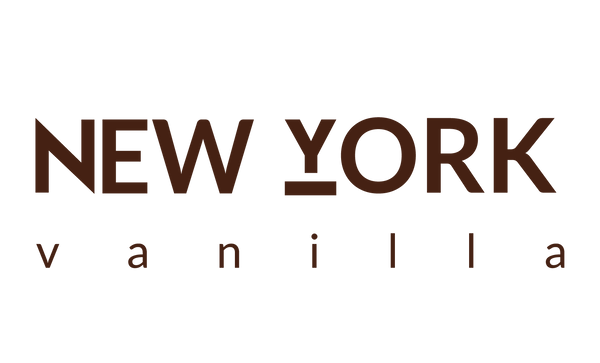
Where Vanilla Flavoring Really Comes From: Separating Fact from Myth
Share
A factual exploration of where vanilla flavoring comes from, the difference between natural and artificial vanilla, and why the “beaver extract” claim is misleading.
Why the origin of vanilla flavoring matters.
Vanilla is one of the world’s most popular flavoring agents, yet few understand where it comes from or how it’s made. Misconceptions—especially the claim that “vanilla flavoring comes from beavers”—circulate widely. This article clarifies the scientific and industrial facts behind natural and artificial vanilla sources (Food Chemistry Journal, 2020; Journal of Agricultural and Food Science, 2019).
Where does vanilla flavoring come from
Natural vanilla flavoring comes from cured pods of the Vanilla planifolia orchid, grown mainly in Madagascar, Tahiti, and Mexico. These beans are soaked in alcohol and water to produce pure vanilla extract. The distinct aroma arises from hundreds of volatile compounds, most notably vanillin (Journal of Essential Oil Research, 2018).
What is imitation vanilla and how is artificial vanilla made
Imitation vanilla or artificial vanilla flavoring is made using synthesized vanillin—chemically identical to the main compound in natural vanilla but produced differently.
Modern production methods derive vanillin from:
- Lignin, a wood pulp by-product (common in paper processing).
- Guaiacol, a petrochemical derivative (used since the 1980s).
- Occasionally rice bran or clove oil.
These methods are safe, cost-effective, and widely approved by food authorities (Journal of Food Science & Technology, 2021).
The beaver myth: does vanilla extract come from beavers
The persistent myth that vanilla flavoring comes from beaver secretions refers to a natural compound called castoreum, a scent secretion from the castor sacs of beavers.
Historically, castoreum was occasionally used as a flavor enhancer in luxury perfumery or in rare gourmet contexts. However, its use in food flavoring is practically nonexistent today due to ethical, cost, and sourcing limitations.
Food chemistry research confirms that castoreum is not commercially viable for food production. Annual global demand for vanillin exceeds 18,000 metric tons—far beyond what any animal derivative could supply (Journal of Agricultural & Food Chemistry, 2018).
Vanillin chemistry: natural vs synthetic sources
Both natural and artificial vanilla contain vanillin as the key aroma molecule.
Natural vanillin arises from enzymatic oxidation of glucovanillin during curing. Artificial vanillin is synthesized through controlled chemical reactions using guaiacol or lignin. Analytical chemistry comparisons show that both forms are chemically identical but differ in secondary compounds that contribute to flavor complexity (Journal of Chromatography A, 2019).
Vanilla extract vs artificial vanilla extract vs concentrate
- Vanilla extract: Alcohol-based infusion of vanilla beans; contains natural vanillin and secondary compounds.
- Artificial vanilla extract (imitation vanilla): Made from synthetic vanillin without natural bean content.
- Vanilla concentrate: A stronger, reduced form of extract used in industrial baking; higher vanillin concentration, often double-fold.
Sensory analysis studies indicate that while synthetic vanillin mimics the core aroma, pure vanilla extract exhibits deeper flavor notes due to minor phenolic and aldehydic compounds.
Dark vanilla extract, storage, and shelf stability
Dark vanilla extract color results from oxidation of vanillin and other compounds during curing and aging. Shelf life extends up to 5 years when sealed and stored away from sunlight. According to food preservation research (Food Preservation Review, 2017), alcohol acts as a preservative, preventing microbial growth and ensuring flavor stability.
Conclusion
Vanilla flavoring does not come from beavers. The flavor in your ice cream or baked goods originates either from real vanilla beans or synthetic vanillin derived from natural or petrochemical sources.
Natural extract offers depth and authenticity, while artificial versions provide affordability and consistency. Both are safe and chemically sound—yet true vanilla remains unmatched in aroma complexity and heritage.



